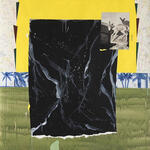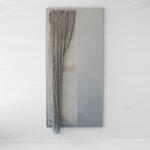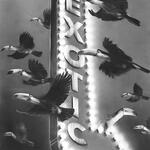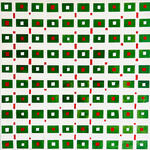Prima Galería
Contact us
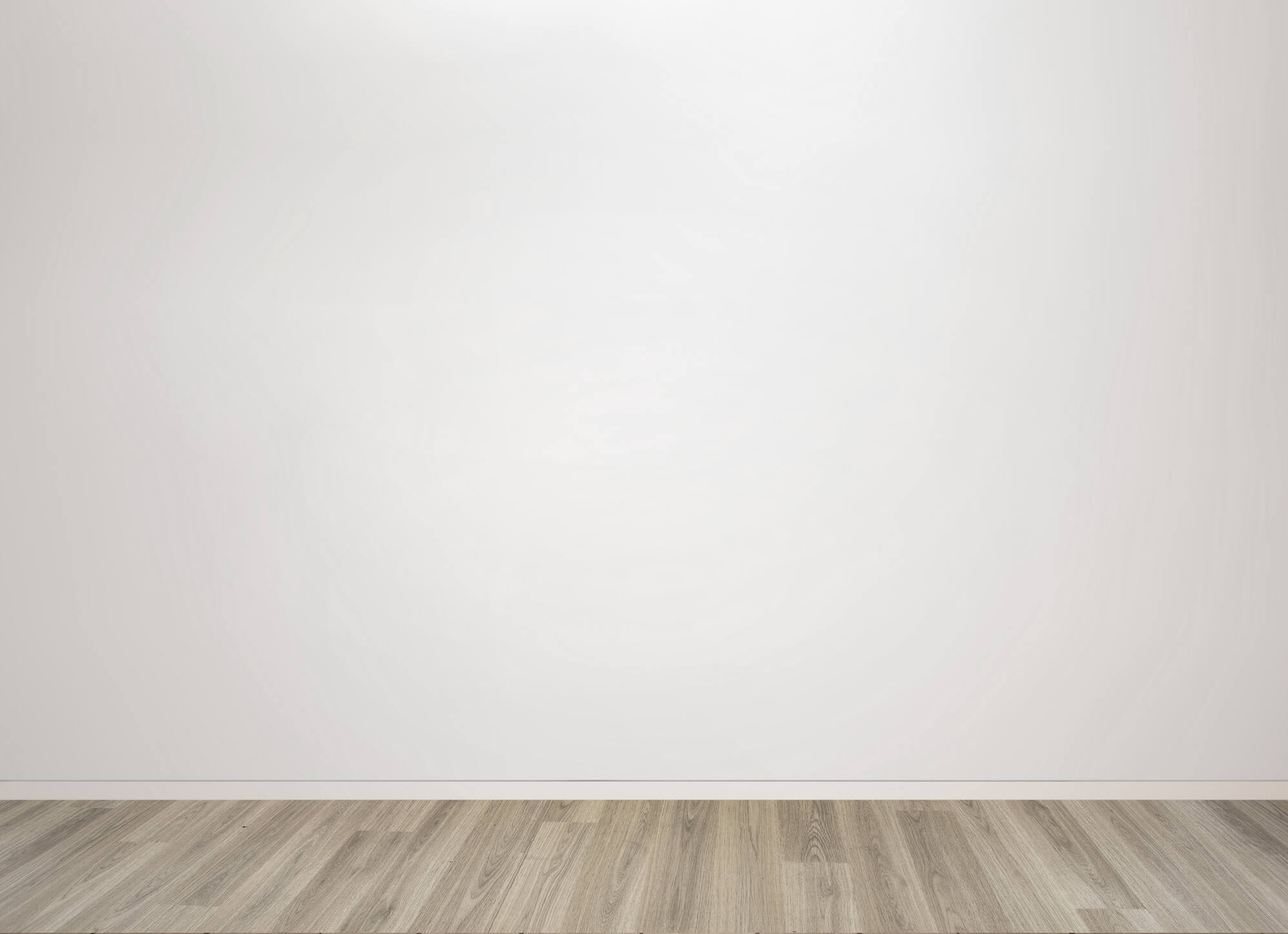
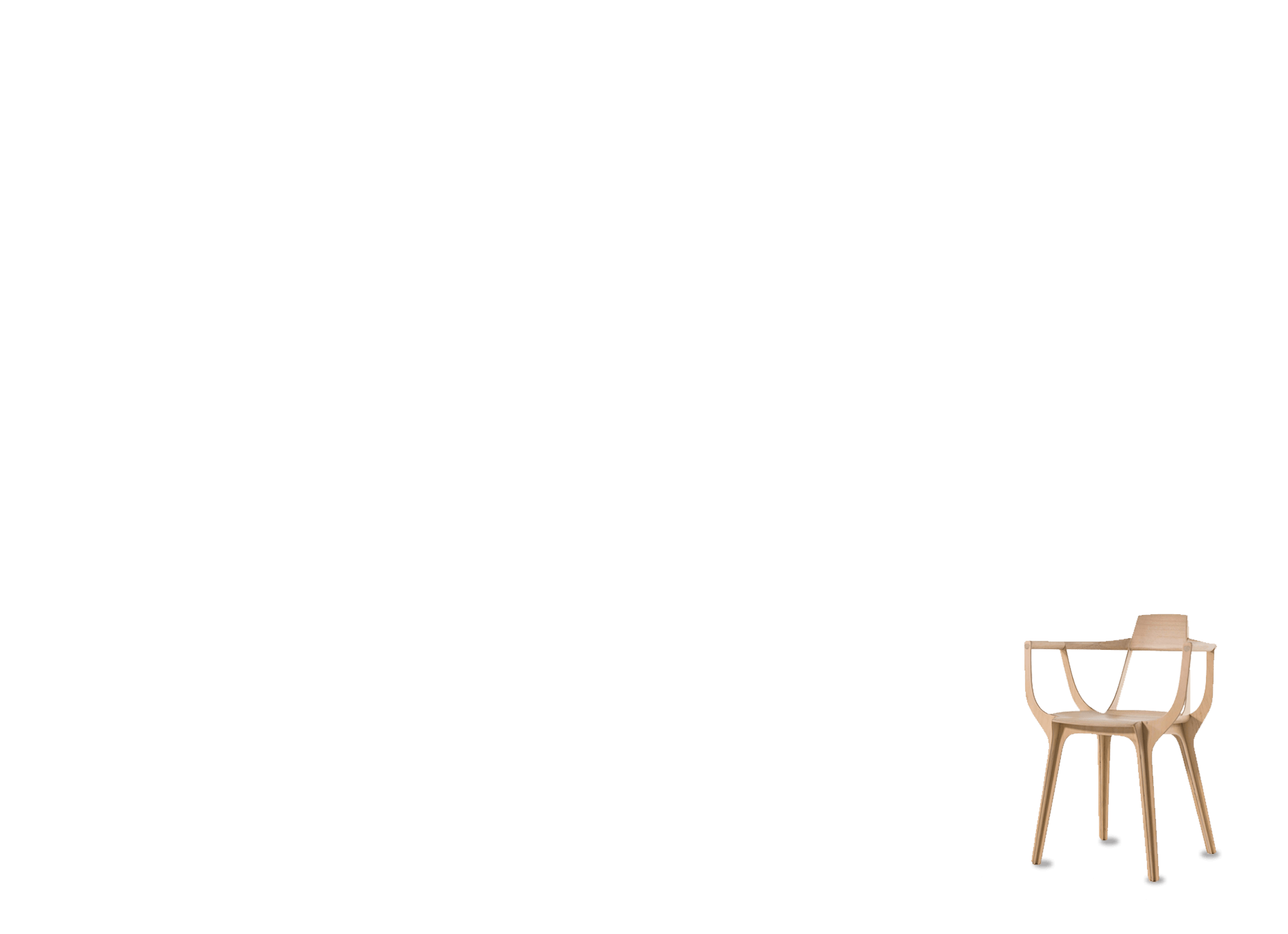
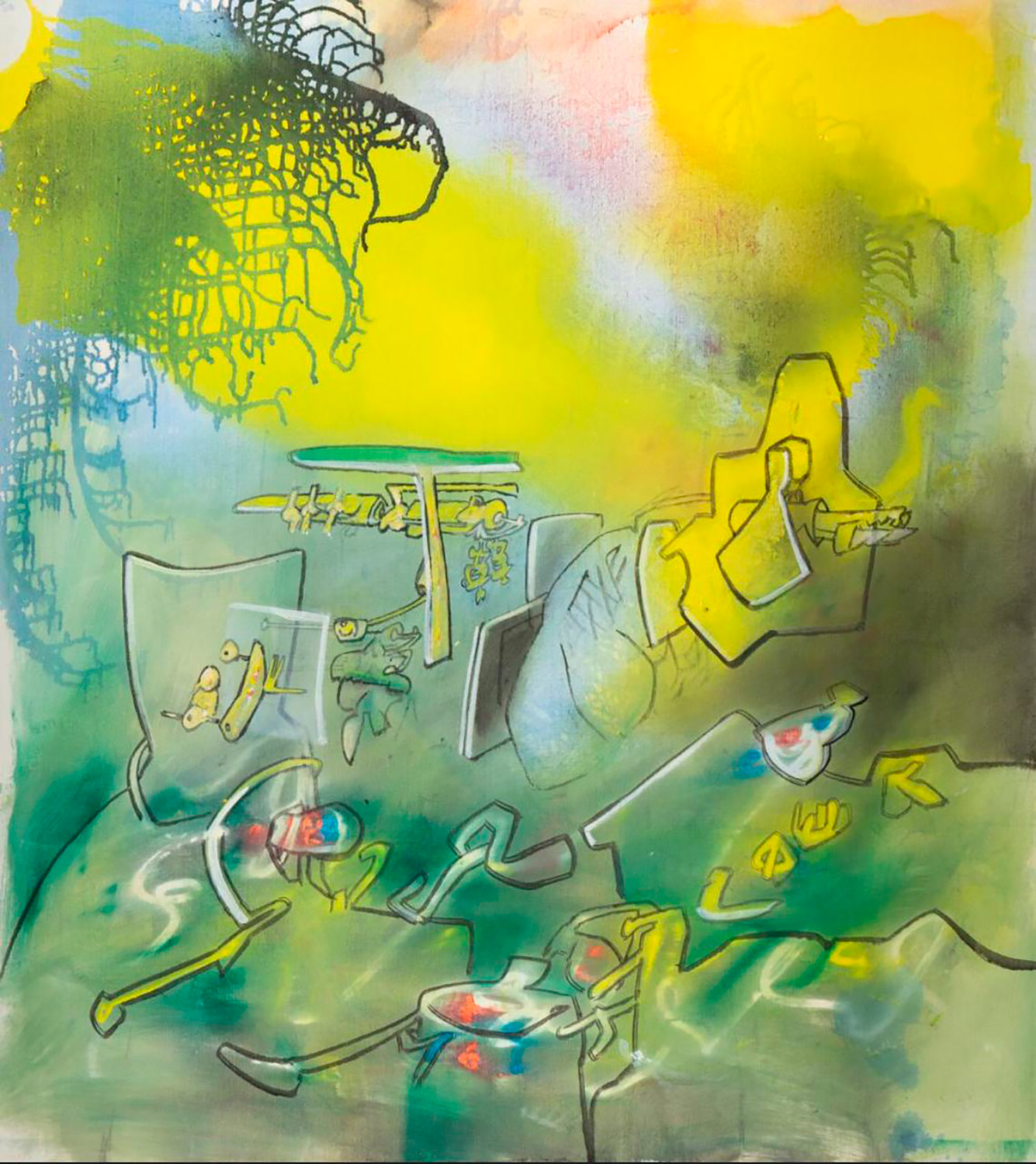
Roberto Matta
Bio
Statement
Roberto Matta
Title:
Elasticite du Risible
Medium:
Óleo sobre tela
Year:
1973
Dimensions:
105.7 x 92.7 cm
Additional information


Wall reference
2.5 x 4m / 98.4 x 157 in
2.5 x 4m / 98.4 x 157 in









